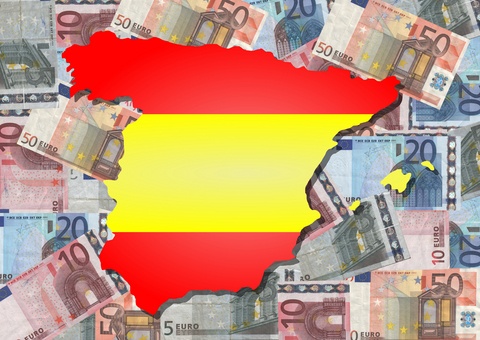
A report by estate agents Donpiso has opened a very interesting debate regarding the Spanish second home market. Historically this market has been dominated by foreign investors looking at holiday homes on the coast but it seems that there is growing interest from the domestic market.
The report also covers the average price of a holiday home in different areas of Spain with Murcia the cheapest at €150,000 followed by Tarragona at €160,000, Costa Blanca in Alicante at €200,000 and the Costa Brava at €205,000. One of the most expensive areas is the Costa del Sol in Malaga where the average holiday home will cost around €350,000. The situation is a little different for those buying in sterling after the 20% reduction against major currencies which followed the Brexit vote last year.
Second homes for Spanish households
The population of Spain is roughly 46 million with around 6 million Spanish households owning a second home. It will come as no surprise to learn that 3.6 million of these homes are located in coastal areas either on mainland Spain or one of its many islands. Apparently the average second home owning households are couples aged between 35 and 49 with a steady income of more than €3500 a month and they already have children.
What is interesting is the fact that an ongoing improvement in the Spanish economy, higher employment and rising disposable income is having a major impact upon the Spanish property market. Mortgage lending was up by 20.2% in March 2017 compared to the same period last year which has certainly put a floor under Spanish property prices. While there is no suggestion the market will rush to higher ground in the short term there are signs of returning confidence.
Foreign property buys
As we touched on above, UK investors have taken a step back from Spanish property over the last 12 months with a 28% fall in demand. This is predominantly because of the devaluation of sterling against major currencies in light of the Brexit confusion. At the same time, this slack has been taken up by Dutch investors (up 58% compared to the same period last year) as well are Scandinavian, Latin American and Turkish buyers. Opinion is divided as to whether UK buyers will return in the short to medium term, prior to any recovery in sterling, because a 20% increase in the sterling price is dramatic to say the least.
One other interesting development is the fact that more Spanish second homeowners are prepared to rent their properties to tourists. This is likely to be very attractive for UK visitors unwilling to purchase a holiday home at the moment and perhaps looking for a different experience than the Spanish hotel route. So, in the short to medium term there could be significant income opportunities for domestic investors who have taken on a second home by the coast.
Looking forward
It will take a significant shift in the sterling exchange rate to bring UK investors back en masse. The fact that Spanish property prices are bottoming out does to a certain extent negate the shift in the sterling exchange rate. However, there is a new trend emerging with Spanish domestic buyers looking to acquire holiday homes, taking advantage of “attractive prices” and welcome rental income!

